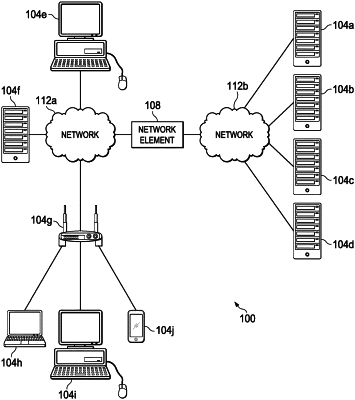| CPC H04L 67/1001 (2022.05) [H04L 12/00 (2013.01); H04L 61/00 (2013.01); H04L 67/1023 (2013.01); H04L 67/1025 (2013.01)] | 20 Claims |

|
1. A method comprising:
programming a network element with a plurality of forwarding entries to enable load balancing of network traffic, each of the plurality of forwarding entries including a source range of internet protocol (IP) addresses comprising a first source IP range address representing a low end of the source range of IP addresses and a second source IP range address representing a high end of the source range of IP addresses and a destination range of IP addresses comprising a first source IP range address representing a low end of the source range of IP addresses and a second source IP range address representing a high end of the source range of IP addresses;
receiving, at the network element, a network packet; and
in response to the network packet including a destination IP address in the destination range of IP addresses, changing a range of source IP addresses specified in each forwarding entry of the plurality of forwarding entries by changing at least one of the first source IP range address or the second source IP range address such that network traffic is distributed evenly when load balancing.
|